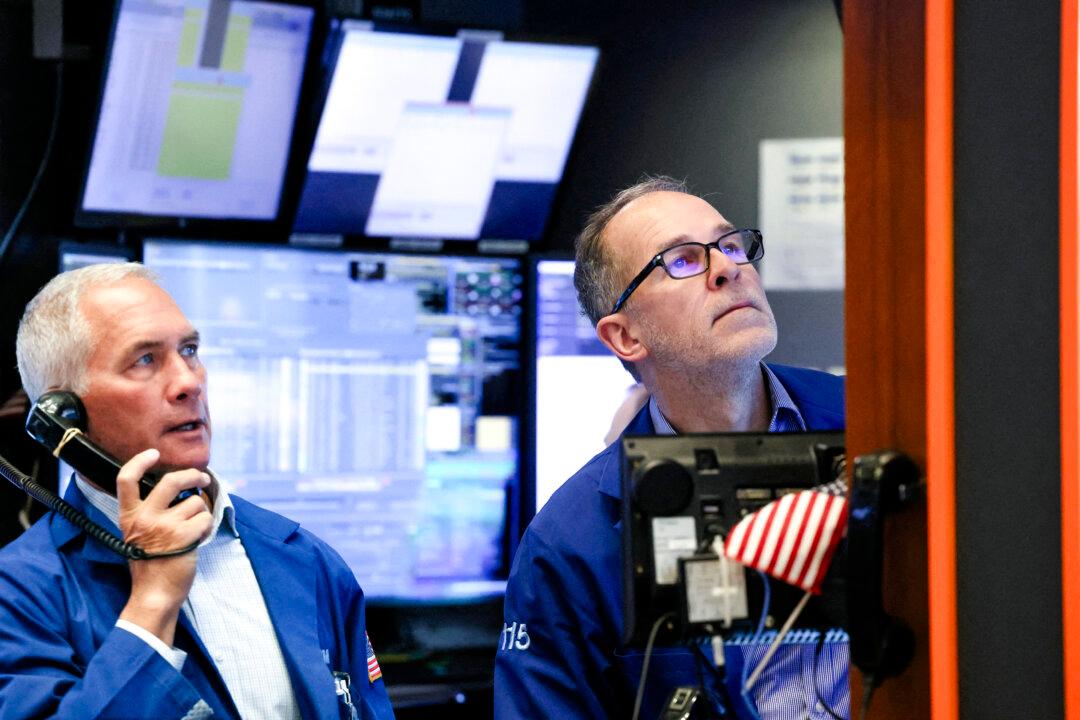Wall Street’s major stock indexes ended the trading session around 1 percent lower on Oct. 7, while the 10-year U.S. Treasury yield rose above 4 percent for the first time since August. The rise in yields and retreat in stocks could reflect investor concerns that the Federal Reserve might keep interest rates higher for longer following last week’s stronger-than-expected jobs report, along with worries about rising tensions in the Middle East.
At closing bell, the Dow Jones Industrial Average fell 398.51 points, or 0.94 percent, to 41,954.24; the S&P 500 dropped 55.13 points, or 0.96 percent, to 5,695.94, and the Nasdaq Composite shed 213.94 points, or 1.18 percent, to 17,923.90.





